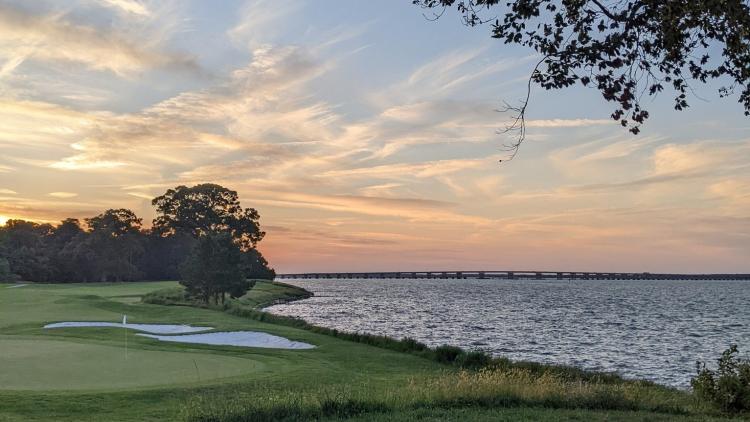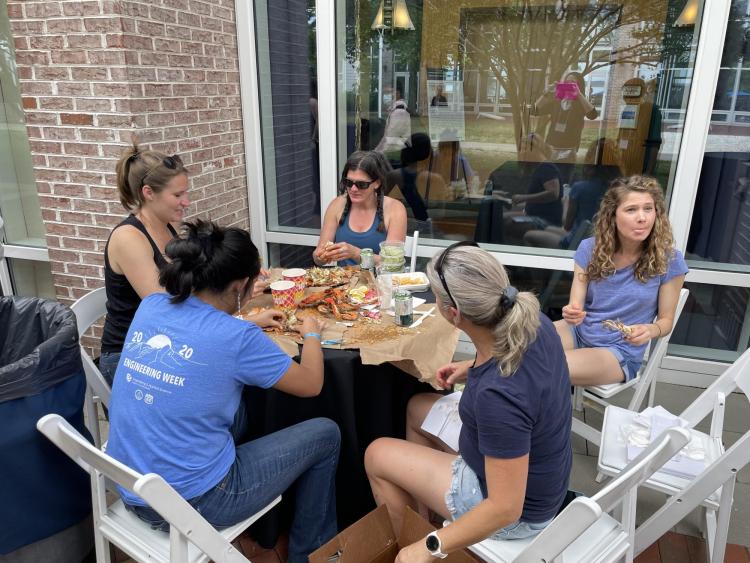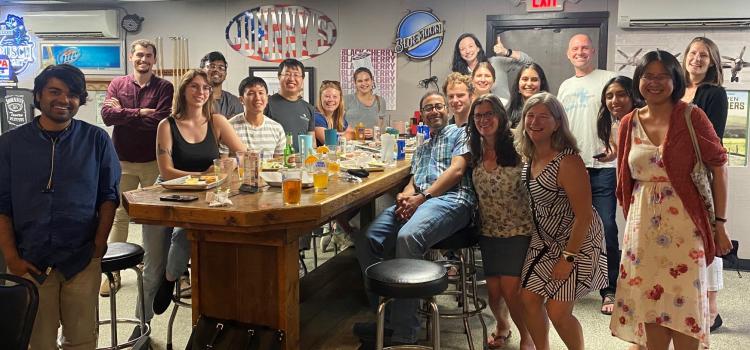New Collaborations and Old Bay - Kaitlin McCreery attends SB3C

It finally happened after 5 years of PhD research: I found an interdisciplinary conference that emulates my research, submitted an abstract, and was accepted to give a 15-minute presentation. Mind you, I’ve spent the most productive years of my PhD in a socially-distanced lab environment, at least 6 feet away from any professional gathering and not a conference nor workshop on the horizon. My research progress has exploded after the last few years, but I’m totally invisible; much of my work, while finished and analyzed, is not shareable or readable in the review process. Because people don’t know my work—and they don’t know me, either—I need opportunities to show the interdisciplinary work that I’ve done in a personal way.
I attended the Summer Biomechanics, Bioengineering, and Biotransport Conference (SB3C) in Cambridge, Maryland on June 20-23, 2022. The theme of the conference --“Reconnecting Networks”-- reflected the excitement of resuming an in-person event, with scientific discussion, mentorship events, and predominantly student-centered activities. I was also, however, finishing up my dissertation at that time—with just 10 days to go to write (or, as I told my advisor, ‘finalize’) the last two chapters, what I estimated to be another 30 pages of text or more. Every couple of hours, my gut turned over with the thought of my unfinished thesis, but my excitement to be here kept me at the event for “one more talk” or “catching that researcher while we’re in the same room.”
I was relieved that my podium presentation was the first hour of the first day, to a room full of energized people with their first cup of free coffee. This left the rest of the time open for me to hear other graduate student presentations in rehabilitation, solid mechanics, bioengineering, and device design. I presented my work to a room full of researchers that comprise the References section of most of my chapters, which felt like… preaching to the choir? Except, with more adrenaline, and vulnerability. The next days were spent connecting with as many faculty and postdocs as I could, for a supportive discussion now and hopefully connections for collaboration in the future, and gathering advice for my postdoc. While the graduate students hustled to schmooze with the suspected reviewers of their latest paper, or nonchalantly ask researchers about lab openings, faculty showed up to the evening happy hours in shorts and flip-flops to vacation with their research network buddies. BioFrontiers’ own Virginia Ferguson used a conference coffee break to fetch a bucket of crabs from a local crab shack, which we considered to be an immersive Maryland experience.
The most valuable part of an annual, highly interdisciplinary biological engineering conference is that the energy generated from the gathering of researchers in a new location fuels the movement of disciplines. These conferences have the power to change interactions between researchers and influence the culture of the research field. At SB3C, and many other conferences, each graduate student is a building block on the path for something important in regenerative biology. This movement unites the attendees beyond disciplinary demographics. It creates an environment where people retreat to a beautiful location to change, challenge, and learn, for a few days and even the years ahead.
The 2022 interdisciplinary SB3C conference united shared goals with diverse opinions. And the credit for this year’s success goes to Old Bay.




